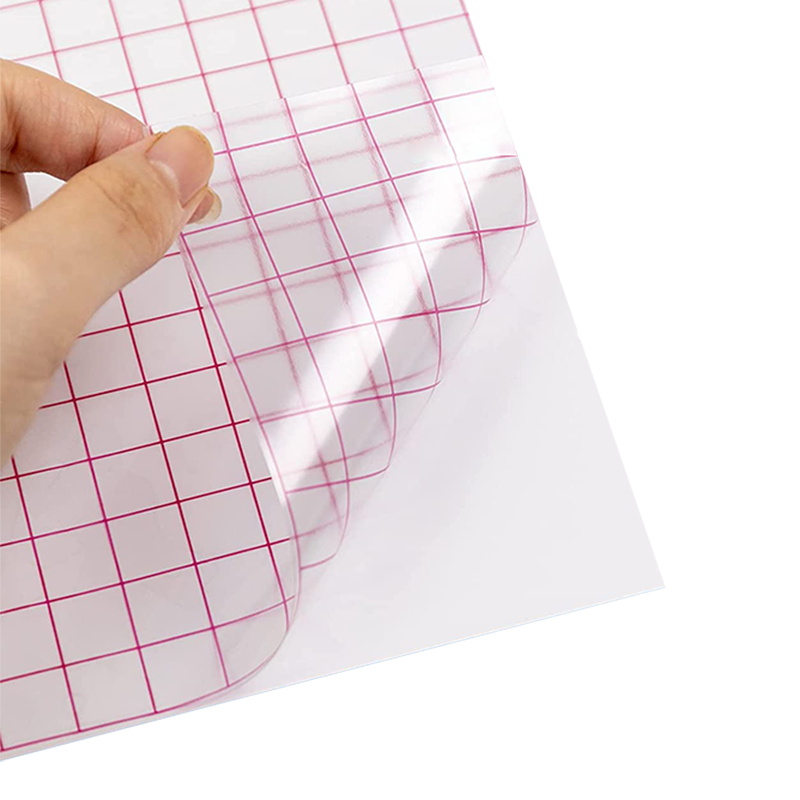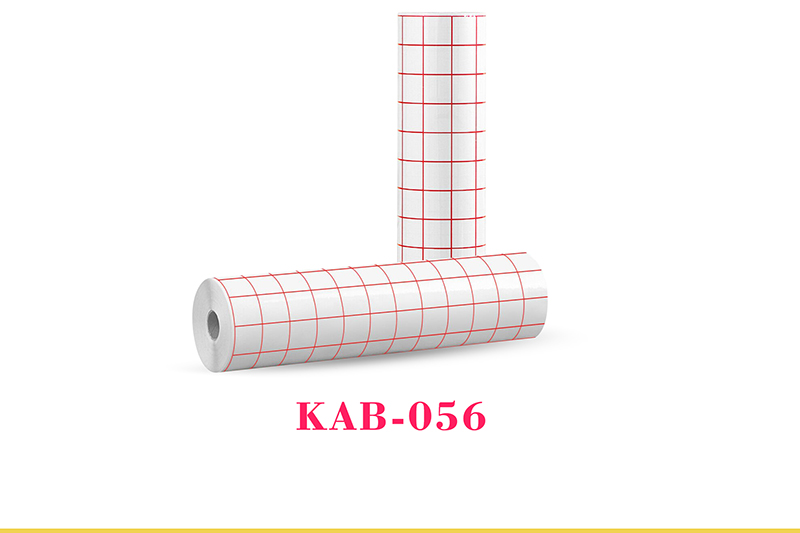When it comes to durability and longevity, transfer tape and rhinestones have some differences due to their materials and application methods. Here's a comparison of their durability and longevity:

Transfer Tape:
- Durability: Transfer tape is designed to provide a strong and long-lasting adhesive bond between the adhesive material and the surface it is applied to. The durability of transfer tape depends on factors such as the type of adhesive used, the quality of the tape, and the surface it is applied to. High-quality transfer tape can withstand various environmental conditions, including temperature changes, moisture, and UV exposure, ensuring the durability of the applied adhesive material.
- Longevity: Once transfer tape is applied and the adhesive material is transferred, the longevity of the adhesive material depends on its specific characteristics. Some adhesive materials used with transfer tape are designed to be permanent, offering long-lasting adhesion. Others may be designed to be removable or repositionable, allowing for temporary applications. The longevity of the transferred adhesive material also depends on factors such as the surface it is applied to, the amount of wear and tear it experiences, and the specific conditions it is exposed to.
Rhinestones:
- Durability: The durability of rhinestones depends on various factors, including the material they are made of. For example, glass or crystal rhinestones tend to be more durable and resistant to wear and tear compared to plastic or acrylic rhinestones. The method of attachment, such as glue or heat-transfer, also affects their durability. Properly attached rhinestones can withstand normal handling and mild washing or cleaning, but they may be more susceptible to damage or loss if subjected to excessive force or harsh conditions.
- Longevity: The longevity of rhinestones depends on the strength of their attachment method and the specific conditions they are subjected to. Glue-applied rhinestones may have varying lifespans, as the adhesive can weaken over time or with exposure to moisture or heat. Heat-transfer rhinestones, which are affixed using heat and pressure, tend to have better longevity and can withstand washing and normal wear for longer periods. However, even with proper attachment, rhinestones may require occasional touch-ups or replacement over time to maintain their appearance and adhesion.

It's important to note that the durability and longevity of both transfer tape and rhinestones can also be influenced by factors such as the quality of the materials used, the method of application, and the specific conditions they are exposed to. Proper care, maintenance, and adherence to manufacturer guidelines can help ensure the best performance and longevity for both transfer tape and rhinestones.


